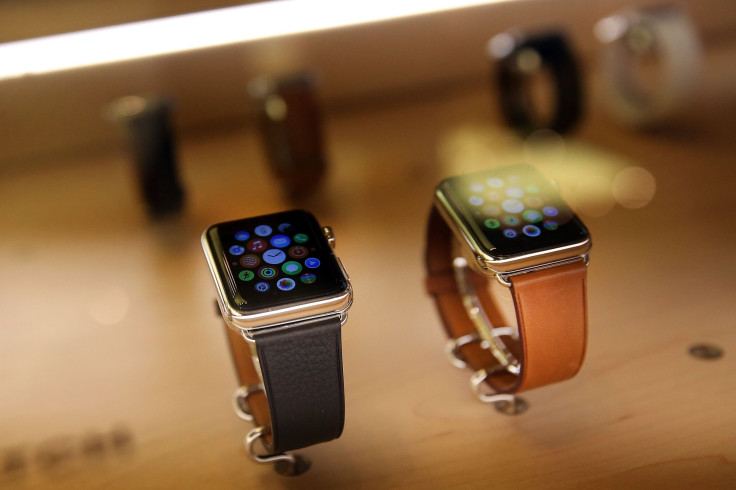WatchOS 2 Update: How To Install Apple Watch Operating System Upgrade In Five Steps

WatchOS 2 is now available to download for the Apple Watch. The update comes days after it was withheld due to a bug.
Apple said in a statement that the software problem was discovered during the development process of the watch operating system. IOS 9’s Wednesday release wasn’t affected. With the bug out of the way, Apple released the OS on Monday. Here’s how you can install WatchOS 2 on your Apple Watch.
1. Launch the watch app located on the iOS home screen.
2. Navigate to General > Software Update.

3. The app will display the 515MB update along with some release notes. To begin the update, tap “Download and Install.”

The installation process will not continue if the Apple Watch is not in range of an iPhone connected to Wi-Fi, connected to its charger and charged to at least 50 percent, according to Apple.
4. After the Apple Watch update is downloaded, the watch will restart and the installation will begin on the watch. Do not manually restart the watch or remove it from the charger during installation. It’s not a fast update, so it’s best to leave the phone and the watch alone during the process.
5. The Apple Watch will restart automatically after installation is completed.
WatchOS 2 brings a number of new features to the Apple Watch, such as Nightstand Mode to use it as a bedside clock, new watch faces, transit maps, FaceTime audio calling, Apple Pay rewards cards and support for dictated email replies, to name a few.
In addition, the update adds Activation Lock, which prevents thieves and unauthorized users from restoring an Apple Watch and activating it without the original owner’s Apple ID login and password. Apple introduced the feature on its iOS devices in 2013.
Developers also now have native access to the Apple Watch, so their apps will be able to run directly off the watch instead of relying on the iPhone processor to do the heavy lifting. With WatchOS 2, apps also have access to the watch’s various sensors, such as its microphone, heart rate sensor and its force feedback Taptic Engine.
© Copyright IBTimes 2025. All rights reserved.






















